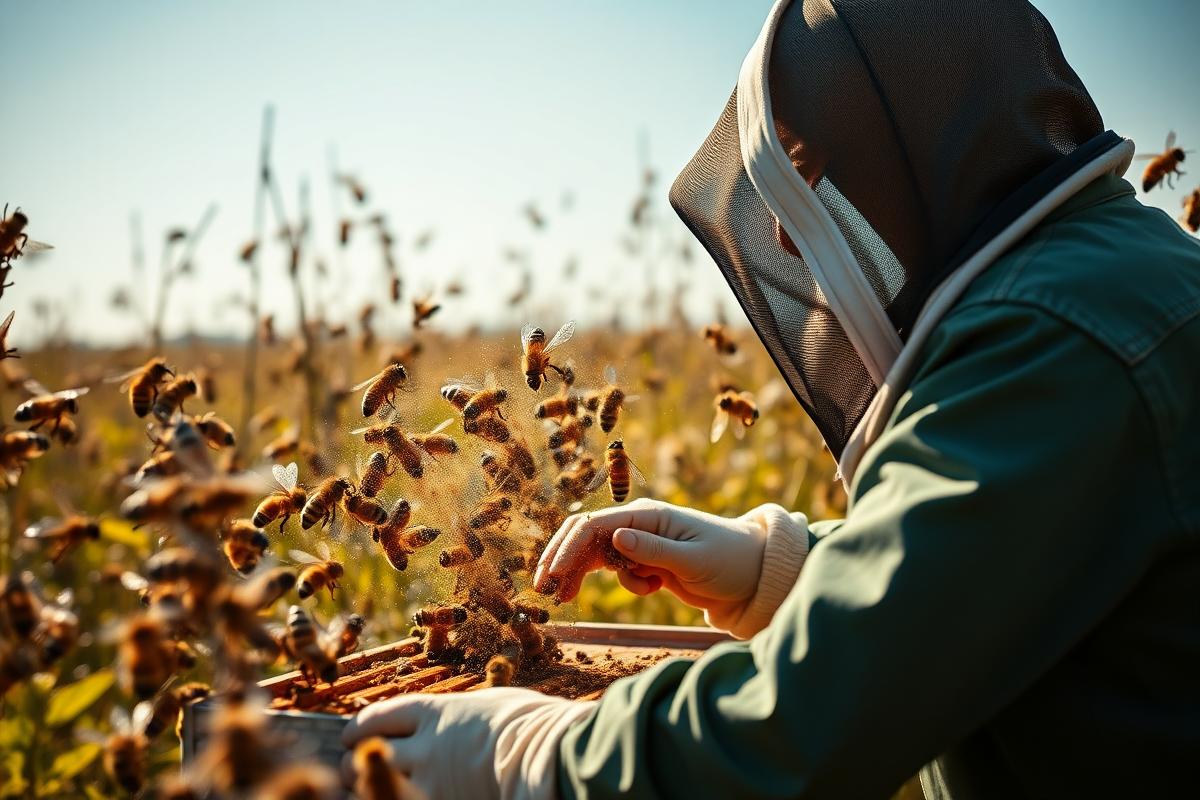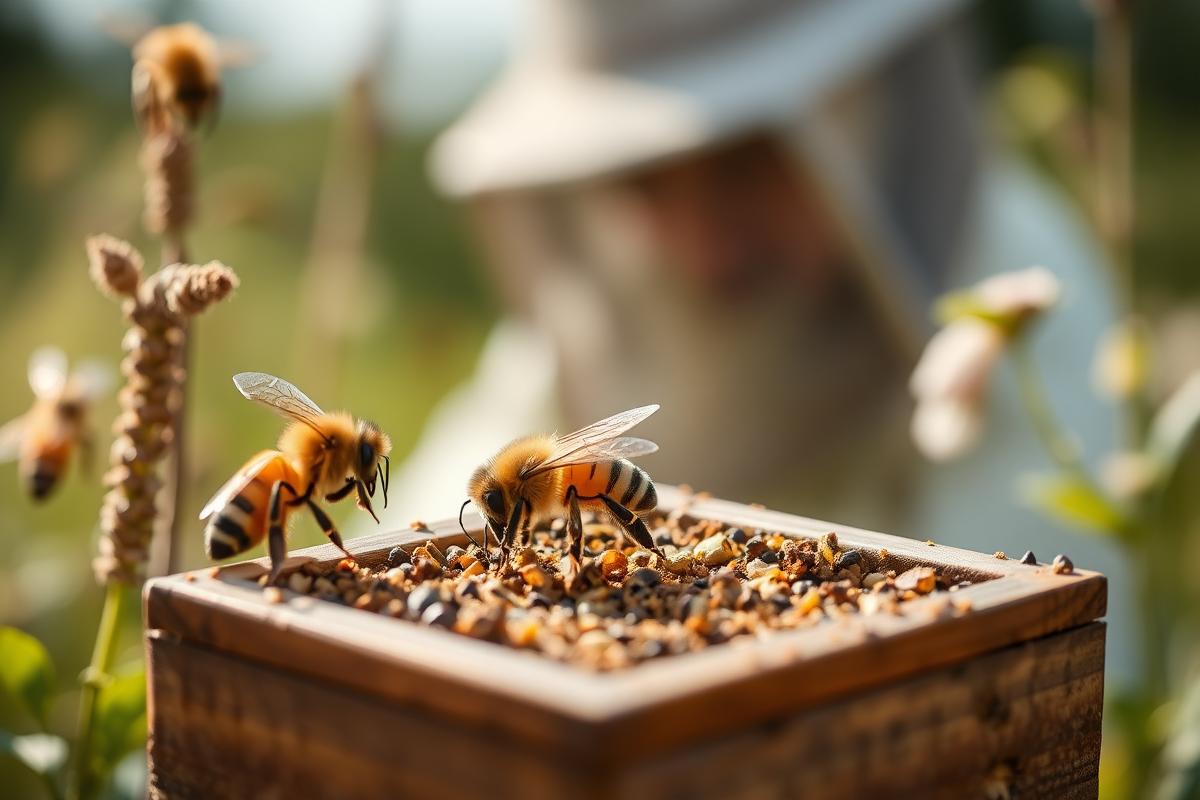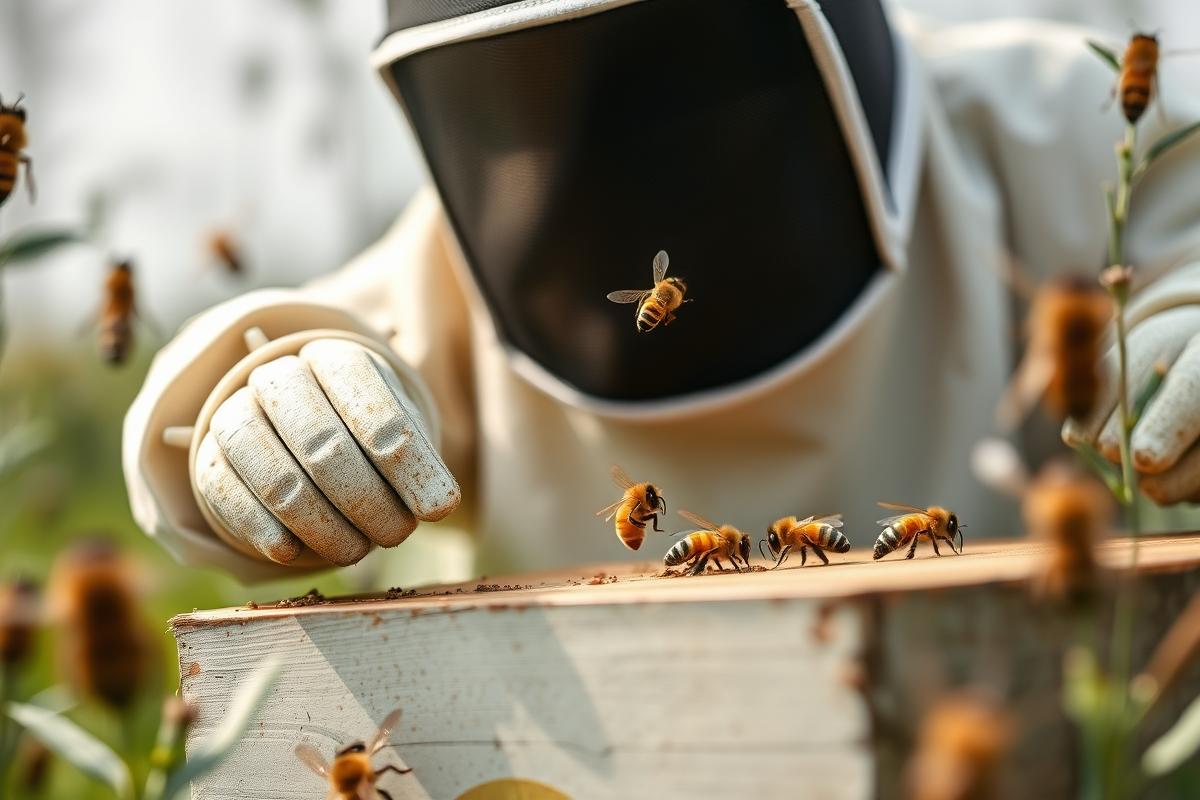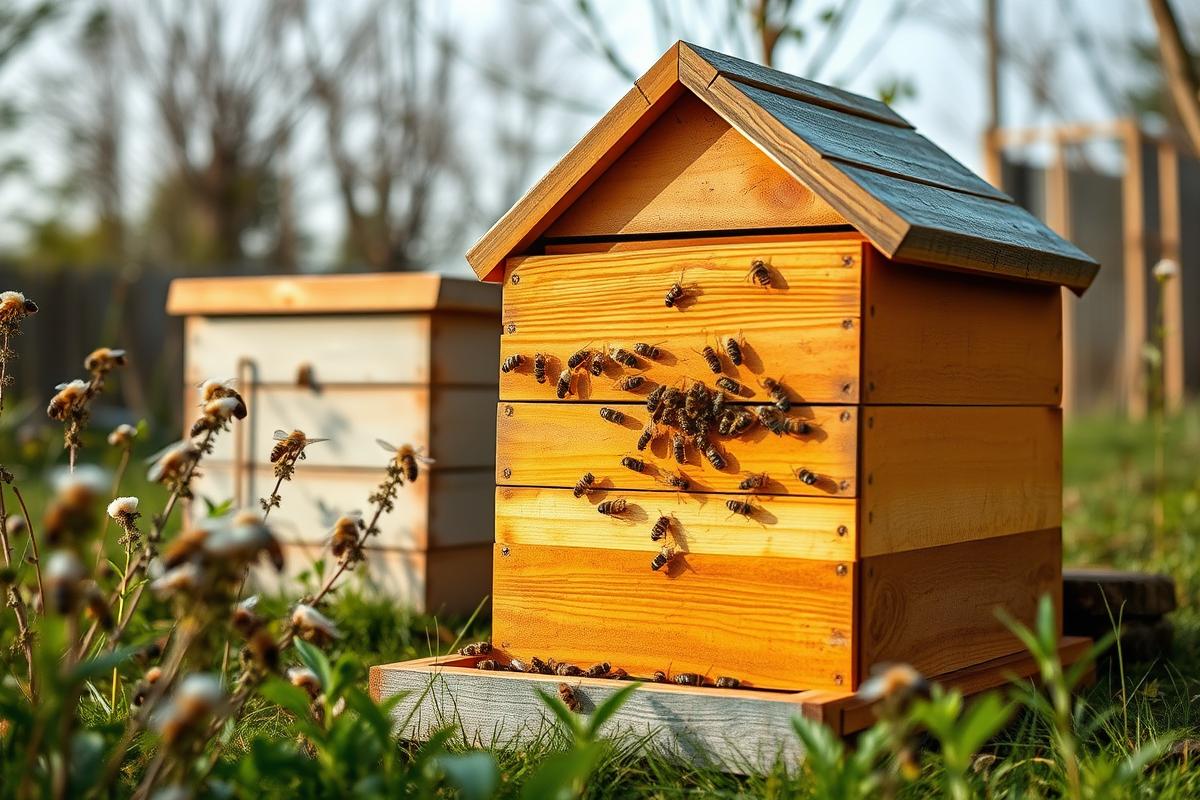
Bee keeping is an ancient practice that has gained renewed interest in recent years, not only for its potential to produce honey but also for its crucial role in supporting biodiversity and pollination. As more individuals recognize the importance of honey bees in our ecosystem, the desire to start a bee hive in their own backyard has surged. This comprehensive guide will explore the ins and outs of bee keeping, including the equipment needed, the benefits of having backyard bees, and essential tips for beginners.
To embark on your bee keeping journey, it is vital to grasp the fundamental concepts associated with the practice. This section will provide an overview of bee biology, the structure of a bee hive, and the various types of honey bees.

Honey bees are more than just honey producers; they are essential pollinators for many crops and wild plants. Their role in food production and ecosystem health cannot be overstated. Studies indicate that one-third of the food we consume depends on pollination, making honey bees invaluable to agricultural success.
In a typical bee hive, three types of bees coexist:
Understanding these roles will help you appreciate the dynamics within your bee hive and the importance of each bee's contribution to the colony's overall health.
Before you can start your bee keeping adventure, you will need to gather the necessary equipment. Proper gear not only ensures your safety but also contributes to the well-being of your bees.

A bee suit is an essential piece of equipment for any beekeeper. It protects you from bee stings while allowing you to work comfortably around your hive. Look for a suit that is breathable, lightweight, and has elastic cuffs to prevent bees from entering.
A bee hive consists of several components, each playing a critical role:
In addition to protective gear and hive components, several tools can enhance your bee keeping experience:
Once you have gathered the necessary equipment, it's time to set up your bee hive in your backyard. Selecting the right location and preparing your hive properly are crucial for the success of your bee keeping endeavor.

The location of your bee hive can significantly impact the health and productivity of your bees. Consider the following factors when selecting a site:
Before introducing bees to their new home, ensure the hive is clean and ready for occupancy. Follow these steps to prepare your hive:
Once your bees are settled into their new home, ongoing management is key to maintaining a healthy colony. Regular inspections and proper feeding are essential components of effective hive management.
Regular inspections are vital for monitoring the health of your colony. Aim to inspect your hive every week or two during the active season. During inspections, look for:
In certain circumstances, you may need to supplement your bees' diet, especially in early spring or during periods of nectar dearth. Consider these feeding methods:
Even experienced beekeepers can fall prey to common mistakes. Being aware of these pitfalls can save you time, money, and stress.
One of the most significant errors is neglecting regular hive inspections. Failing to monitor the health of your bees can lead to undetected issues, such as disease outbreaks or queen failure. Regular inspections are crucial for early intervention.
Choosing inappropriate or low-quality equipment can hinder your success in bee keeping. Invest in a good bee suit, quality hive components, and reliable tools to ensure a positive experience.
Bees behave differently throughout the seasons. Understanding seasonal patterns is crucial for hive management. For instance, bees may require more food in early spring as they build up their colonies, while in late summer, they will need adequate honey stores for winter.
Despite the challenges, bee keeping offers numerous rewards. From the joy of harvesting your own honey to contributing to the environment, the benefits are manifold.
By maintaining a bee hive, you play a vital role in supporting local ecosystems. Your backyard bees will help pollinate nearby gardens and crops, contributing to biodiversity and food production.
Many beekeepers find immense satisfaction in caring for their bees. The process of nurturing a colony, observing their behavior, and harvesting honey can be incredibly rewarding and fulfilling.
The most tangible reward of bee keeping is, of course, honey. With proper management, you can expect to harvest honey from your hive, which can be enjoyed personally or shared with friends and family. The unique flavors of honey produced by different floral sources add to the experience.
Bee keeping is a fulfilling and impactful endeavor that allows you to connect with nature and contribute positively to the environment. By understanding the basics of bee biology, investing in the right equipment, managing your hive effectively, and avoiding common pitfalls, you can create a thriving bee colony in your backyard. As you embark on this journey, remember to be patient and observant, allowing the bees to teach you about their fascinating world.
If you're ready to take the plunge into bee keeping, start researching local beekeeping classes or connect with local beekeeping associations. Equip yourself with knowledge and resources, and soon you will find yourself immersed in the rewarding world of backyard bees.
Get free resources, early access to new features and updates.
No spam. Just fun educational emails!